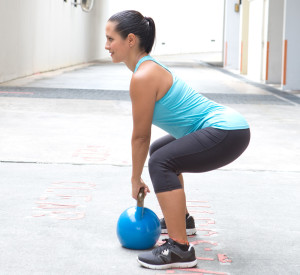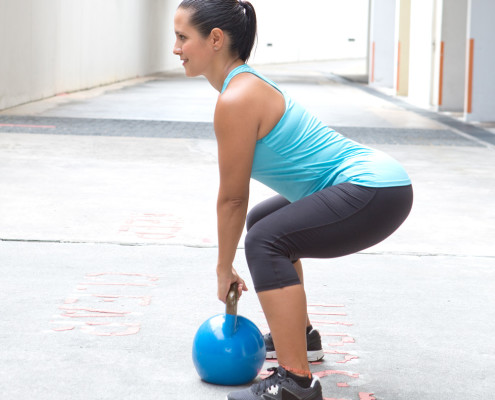Fat Loss Workout – German Composite Training

Here’s a simple workout that has proven to be very effective in producing substantial fat loss results when accompanied with a healthy, well rounded diet.
The German Body Composite Workout or GBC for short is an intense and relatively quick workout which will aim to increase your lean muscle mass and therefore boost your metabolism while reducing your body fat percentage at the same time. Now this has often been seen as something which is not possible, but we now know that it is; provided all areas (training, lifestyle and nutrition) are covered effectively and appropriately for your individual needs. During this edition we will not go further into this as it can be quite extensive and very personalised; though I am more than happy to discuss this with you if you would like one on one at any time.
Lets head back to the GBC workout. It is a whole body workout designed in super sets meaning you perform one exercise after the other and back and forth with short rest periods in between. This program is designed in a specific way so that a lower body exercise is paired with an upper body exercise to promote blood shunting or simply makes your body work harder and more effectively. Here is an example routine to get you started with this new method of training.
| Groups | Exercise | Sets | Repetitions | Rest |
| A1 | Static Lunges | 3 | 8-12 | 45-60 seconds |
| A2 | Barbell Shoulder Press | 3 | 12-15 | 45-60 seconds |
| B1 | Romanian Dead lift | 3 | 8-12 | 45-60 seconds |
| B2 | One Arm Row | 3 | 12-15 | 45-60 seconds |
| C1 | Incline DB Bench Press | 3 | 8-12 | 45-60 seconds |
| C2 | Leg Extension | 3 | 12-15 | 45-60 seconds |
Pair the exercises with the same letter together and then rest in between each and continue until all sets are completed. For example in A1 you perform 8-12 lunges on each leg then rest 45-60 seconds before going onto A2 the shoulder press and then rest again and continue the same until 3 sets are completed. Once this set of exercises are finished move onto the B group and C group.

Josh – Personal Trainer










